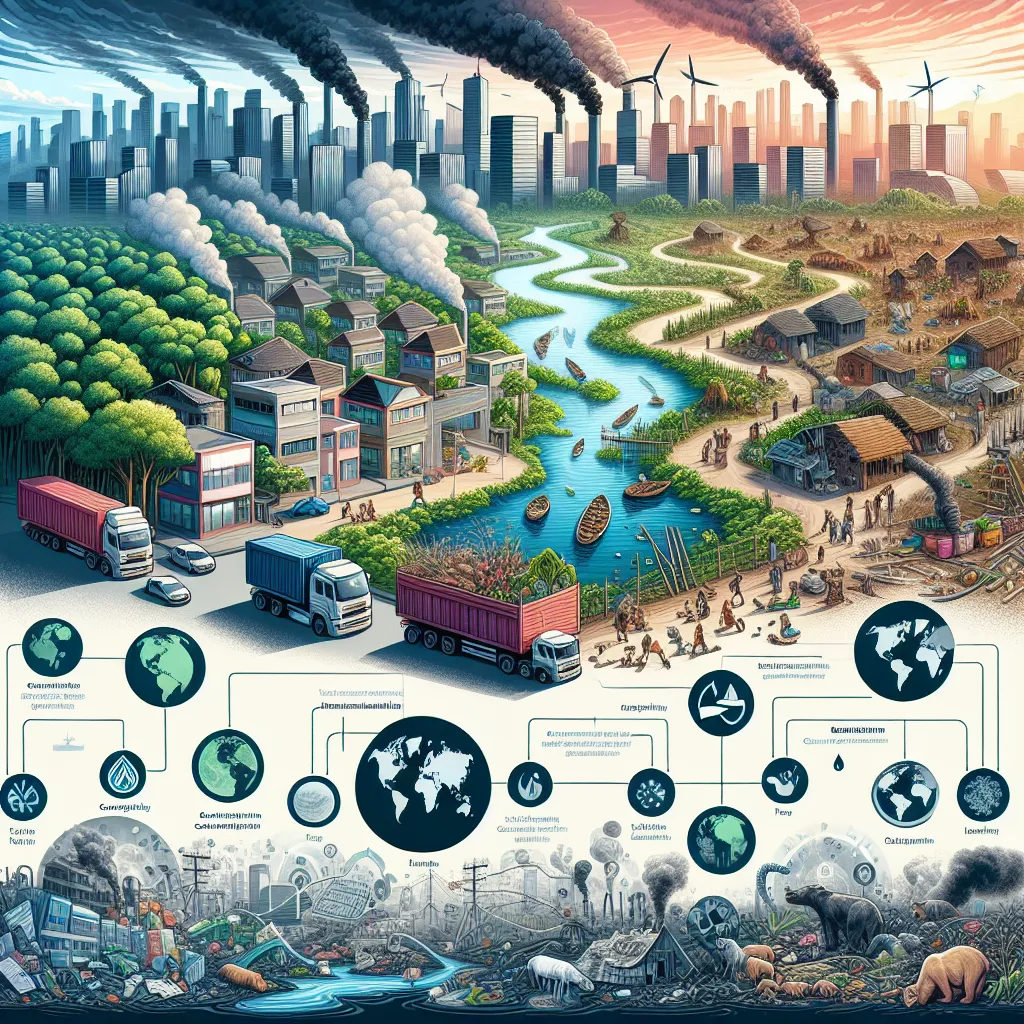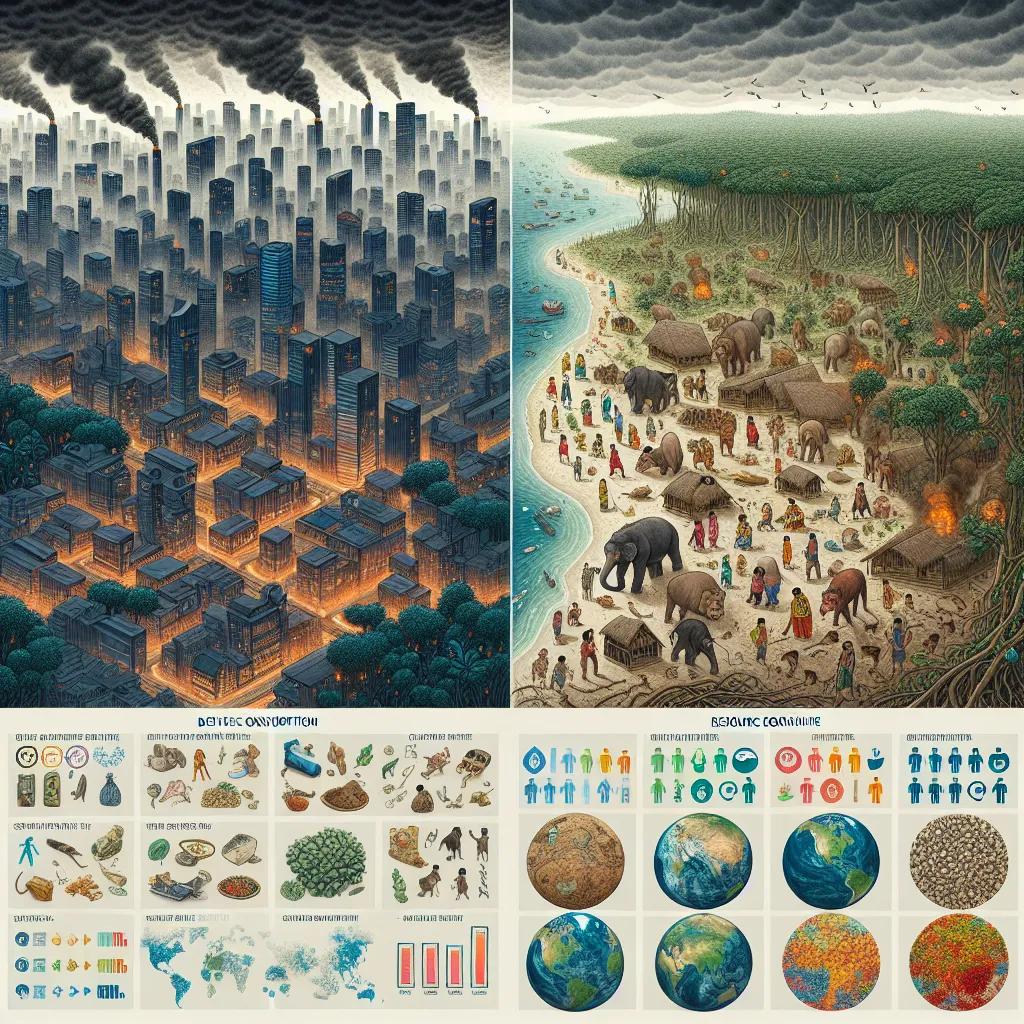Ask AI on The Internet
Question: 1. Define drought and desertification 2. Evaluate the negative impact that drought and desertification has on people economy and the environment. 3. Suggest Management strategies for drought and desertification
1. Drought is a prolonged period of abnormally low rainfall, leading to a shortage of water. It can last from a season to multiple years and can have dramatic impacts on both natural ecosystems and human societies. Desertification, on the other hand, is the degradation of land, primarily in arid, semi-arid, and dry sub-humid areas, due to various factors that can include climatic variations and human activities. It usually involves the loss of biological or economic productivity and complexity in croplands, pastures, and woodlands. 2. Drought and desertification have numerous negative impacts. These include: - People: Drought and desertification can lead to shortages of water for drinking, cooking, sanitation, and other household uses. This can lead to health problems, such as dehydration and disease. Both can also lead to food shortages due to crop failure, leading to malnutrition and famine. - Economy: Agriculture, as a primary sector, is heavily impacted by drought and desertification. Crop failure can lead to income loss for farmers, resulting in economic instability. A ripple effect can occur, affecting related sectors such as food processing and marketing industries. - Environment: Drought and desertification can lead to the loss of biodiversity as animals and plants die off due to lack of water and lack of food resulting from less productive lands. It can lead to soil erosion and the degradation of the land's capacity to support life. 3. Management strategies for drought and desertification include: - Education and Public Awareness: Educating the public on the causes and effects of drought and desertification and promoting sustainable land management practices can be a significant step towards addressing these issues. - Land Management: Implementing practices that reduce soil erosion, such as reforestation and practicing agroforestry, can help prevent desertification. Additionally, proper irrigation techniques can prevent both overwatering and underwatering. - Water Management: Effective water management practices such as rainwater harvesting, recycling wastewater, and improving irrigation efficiency can reduce the impacts of drought. - Diversification of Income: Promoting alternative income sources such as ecotourism and craft industries can reduce reliance on rain-fed agriculture, hence reducing vulnerability to drought and desertification. - Policy Implementation: Governments should formulate and enforce policies that promote sustainable land and water use to mitigate and prevent drought and desertification.
A new large language model has been made available since this question was asked.
To generate an updated answer from the new model, click the button below.
Think your answer is better than the AI's? Post it below.
Other Most Relevant Posts:
 1. **Overpopulation's Impact on Planet Health**
2. **Wealth and Waste: High-Income Nations' Environmental Footprint**
3. **Deforestation's Impact on Local Communities**
4. **The Earth's Daily Nat
1. **Overpopulation's Impact on Planet Health**
2. **Wealth and Waste: High-Income Nations' Environmental Footprint**
3. **Deforestation's Impact on Local Communities**
4. **The Earth's Daily Nat
 1. **The Strain of Overpopulation on Earth's Resources**
2. **High-Income Countries: Understanding Environmental Impact**
3. **Deforestation's Human Cost on Lives and Livelihoods**
4. **D
1. **The Strain of Overpopulation on Earth's Resources**
2. **High-Income Countries: Understanding Environmental Impact**
3. **Deforestation's Human Cost on Lives and Livelihoods**
4. **D
Question Tags
If you want your question answered by an AI, click here.





Post your own comment: